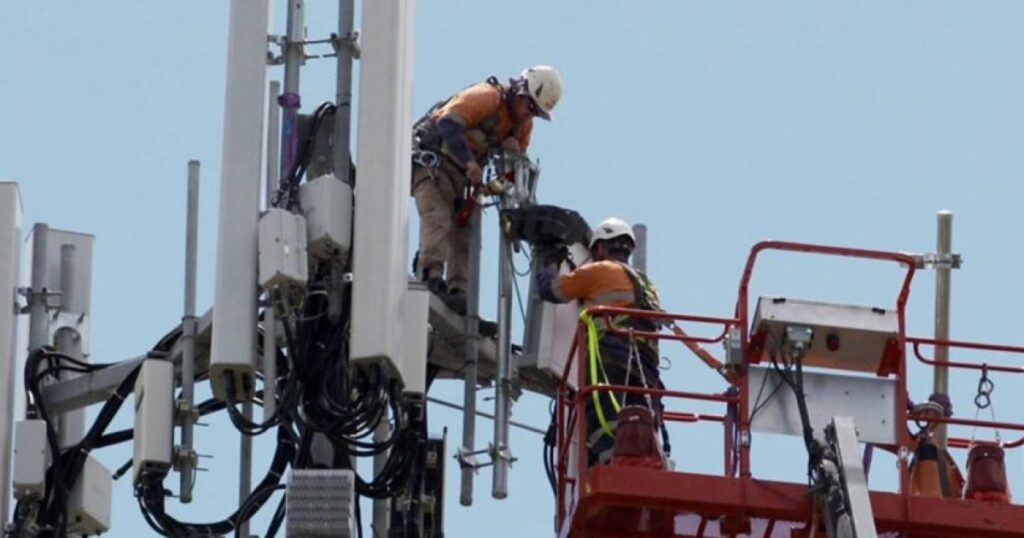
Australian telecommunications giant Telstra has announced plans to enhance mobile and satellite service coverage in the Riverina and Murray regions, areas notorious for mobile black spots. This initiative aims to address connectivity challenges in major cities like Wagga Wagga and Griffith, where many residents rely on satellite-to-mobile services for basic connectivity.
The Riverina region has long struggled with inadequate mobile coverage, affecting both urban and rural communities. A 2021 government inquiry submission by Helen Dalton MP highlighted numerous black spots in Griffith, including Bringagee Road, Boorga Road, the Benerembah area, and parts of Rankin Springs Road. These connectivity gaps have significant implications for local farmers and residents who depend on reliable communication for their livelihoods and safety.
Investment in Regional Connectivity
Telstra’s Regional General Manager for Southern NSW, Chris Taylor, expressed optimism that the company’s multi-million dollar investment would significantly improve coverage and performance in these underserved areas. “We have a long history of investing in regional communities, and we know mobile connection plays such a huge role in all our lives as well as our futures, whether we’re in town or in the paddock, at home or on the job,” Taylor stated.
Over the past five years, data traffic on Telstra’s mobile network has more than tripled, underscoring the need for expanded capacity and coverage. The company’s investment includes over 15 new projects aimed at upgrading the mobile network in locations like Leeton, Griffith, and Wagga Wagga. Additionally, Telstra is constructing a new site in Lake Wyangan and exploring further opportunities to extend its reach.
“This includes better streaming, faster uploads, and more reliable connectivity during peak times,” Taylor added.
Embracing Satellite Technology
As part of its strategy to enhance connectivity, Telstra is expanding its Starlink satellite services, which leverage SpaceX’s internet and connection technologies. While the satellite-to-mobile messaging service is currently limited to basic texting, it offers a crucial communication lifeline in remote areas with no mobile network coverage.
“While satellite-to-mobile messaging is an exciting new technology, it’s important to remember the service will initially be limited to messaging only while outside with a clear line of sight to the sky,” Taylor explained. “This capability will enable basic texting on your phone in some of Australia’s hardest-to-reach places.”
Public Phones and Emergency Preparedness
In addition to mobile and satellite improvements, Telstra has upgraded 1,000 public phones nationwide with free Wi-Fi and extended battery backup, including seven locations in the Riverina Murray region such as Tumut, Hillston, and Wagga Wagga. These upgrades are particularly valuable during extreme weather events, which are becoming more frequent and unpredictable due to climate change.
“If you’ve had to evacuate, a public phone might allow you to contact family and friends to let them know you are OK,” Taylor remarked.
Looking Ahead
As Telstra continues to roll out these enhancements, the implications for the Riverina and Murray regions are significant. Improved connectivity can boost economic activity, enhance safety, and improve the quality of life for residents. The investment also positions Telstra as a leader in addressing the digital divide in rural Australia, setting a precedent for other telecommunications providers.
With ongoing technological advancements and strategic investments, the future of connectivity in Australia’s rural regions looks promising. Residents and businesses alike can anticipate a more connected and resilient future, thanks to Telstra’s commitment to bridging the gap in mobile and satellite services.





